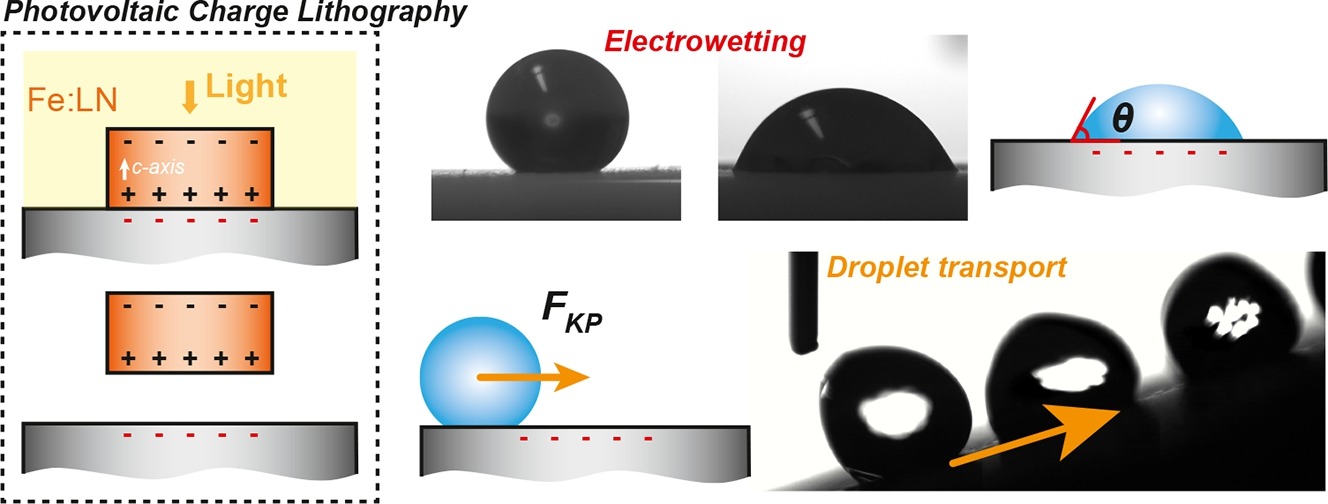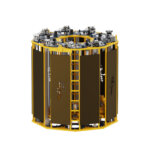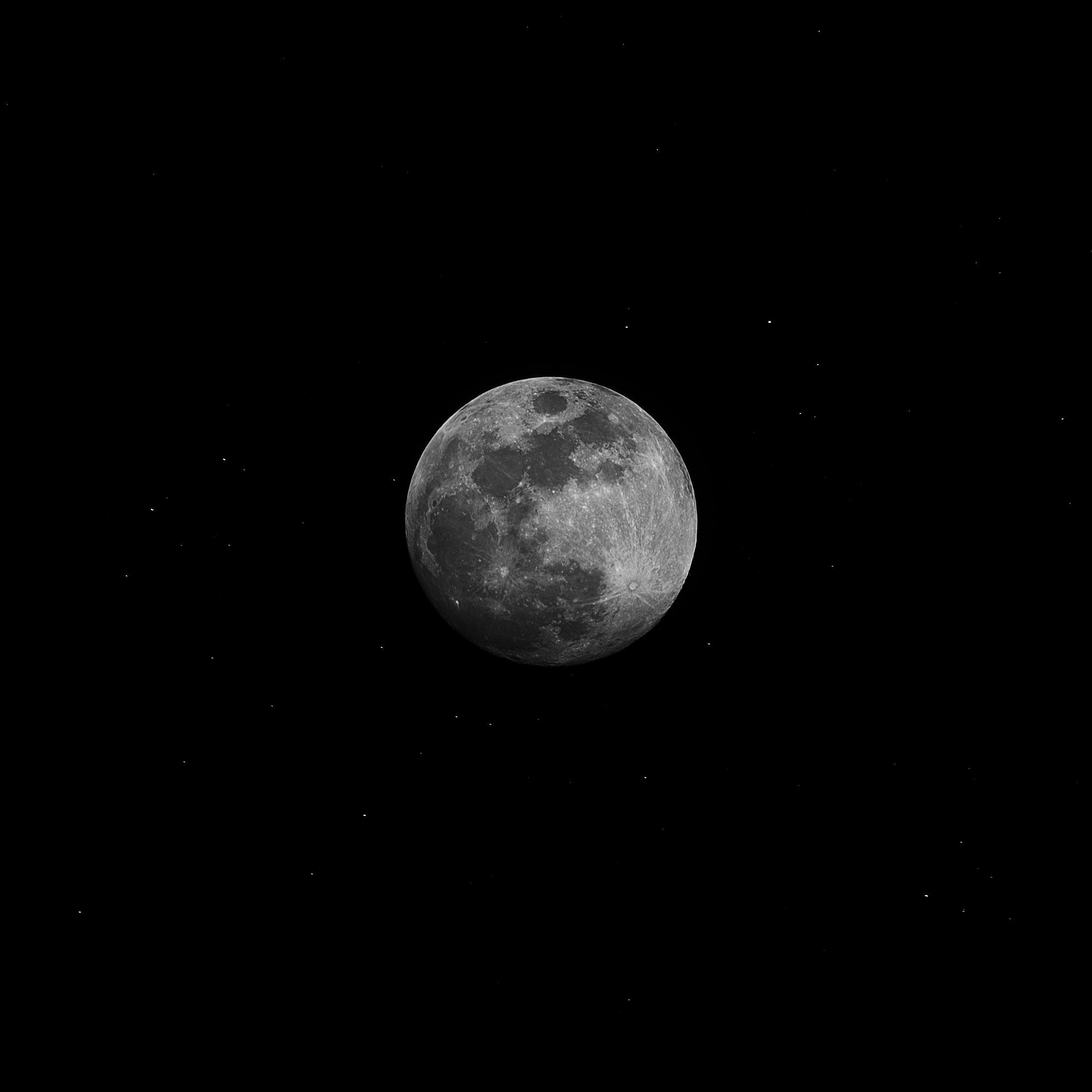Novel photovoltaic technique to charge patterns for droplet manipulation
Scientists have used photovoltaic charge lithography to imprint surface charges on passive dielectric substrates by shining a halogen lamp onto iron-doped lithium niobate. The technique may support next-generation microfluidic, biomedical, and chemical applications.

Scientists have used photovoltaic charge lithography to imprint surface charges on passive dielectric substrates by shining a halogen lamp onto iron-doped lithium niobate. The technique may support next-generation microfluidic, biomedical, and chemical applications.
Researchers from Germany’s University of Münster and Spain’s Autonomous University of Madrid have developed a method for droplet manipulation using photovoltaic charge lithography. The technique uses the photovoltaic effect of iron-doped lithium niobate (Fe: LN) to imprint surface charges on various passive dielectric substrates, including flexible and disposable polymers.
“The possibility of printing surfaces charges with an optical method on a wide variety of dielectric materials is particularly interesting for microfluidic and lab-on-a-chip, including biomedical and chemical applications, since it enables the manipulation of droplets (acting as cargo for biological or chemical samples) by electric field, without the introduction of expensive and cumbersome electrodes on disposable platforms,” researcher Riccardo Zamboni told pv magazine. “It offers a scalable, reconfigurable platform for next-generation microfluidic, biomedical, and chemical applications.”
The researchers charged several passive dielectric substrates (PDSs), including polymethylmethacrylate (PMMA), polyethylene terephthalate (PET), polydimethylsiloxane (PDMS), polytetrafluoroethylene (PTFE), and a PET film coated with PTFE spray. They placed a sample of iron-doped lithium niobate (Fe: LN) on each substrate and exposed it to a halogen lamp. After the photovoltaic charge lithography process, the PDS surfaces held charges that researchers tracked in droplet experiments.
“In wetting experiments, the contact angle of a five μL Milli-Q water droplet is compared between the one with uncharged PDS and the one on charged PDS. The droplets’ contact angle is monitored by a CMOS camera coupled with a magnification system,” the researchers explained. “In the droplet transport experiments, a three μL droplet is released onto the charged PDS in a shifted position with respect to the charged pattern. The droplet dynamics during transport experiments are captured with a high-speed camera.”
Zamboni said several key findings emerged from these experiments.
“Droplets were successfully transported up a 17° incline, achieving accelerations up to 1,628 ± 60 mm/s², purely due to the printed charge patterns – without any external electrodes or moving parts,” he said. “The method achieved a maximum contact angle variation of 81 ± 12°, effectively turning hydrophobic surfaces locally hydrophilic, enabling electrowetting on demand.”
Zamboni claimed that the technique is among the first to use only light to print charge patterns for droplet manipulation, offering strong spatial control and flexibility.
“A single printed charge pattern could attract and merge multiple droplets in sequence, demonstrating both reusability and precision,” he said. “In addition, experimental results closely matched numerical simulations based on the Kelvin polarization force.”
The researchers said they plan to continue developing photovoltaic charge lithography.
“We are developing a holographic approach to structure the light pattern, enabling the creation of arbitrary 2D charge distributions with high spatial resolution. In addition, we are testing flexible superhydrophobic materials to reduce droplet friction and enhance transport efficiency,” Zamboni said. “Future work will explore the manipulation of non-aqueous liquids, including liquid metals and optically responsive fluids like liquid crystals, to broaden the scope of applications in chemistry, biomedicine, and adaptive optics.”
They introduced the new method in “Photovoltaic charge lithography for droplet transport and electrowetting on passive dielectric substrates,” which was recently published in the Journal of Colloid and Interface Science.
What's Your Reaction?


























































